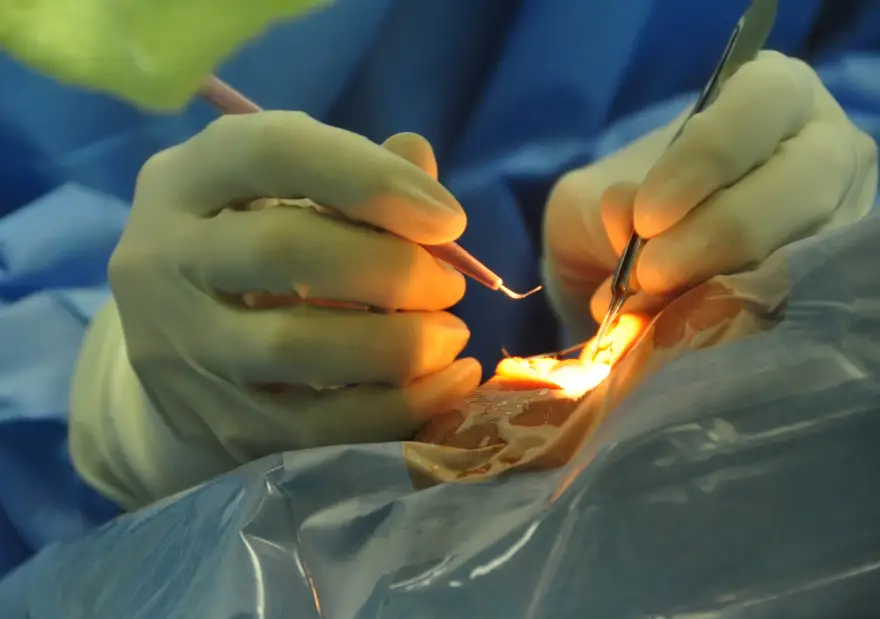Ocular surgery
Giving the gift of sight for those who need it the most and taking an active part in the community to provide necessary medical and surgical help to restore vision is an intrinsic part of the service offered by the ophthalmic unit of Hindu Mission Hospital.
Some Advanced
Eye Surgeries
Cataract is an eye condition that is mostly seen in older people and can get worse as age advances. In this condition, the proteins in the natural lens of the eye break down resulting in cloudy or blurred vision. If the cataract is not posing a problem or showing marked symptoms, then surgery may not be necessary. But once the condition starts affecting vision, especially when it becomes blurry and cloudy, and interferes with normal way of life, surgery is inevitable. The main aim of the surgery is to remove the cloudy natural lens of the eye and replace it with an artificial lens called intraocular lens. This will restore clear vision in the patient. Cataract surgery is mostly conducted as an out-patient procedure with instructions for proper care at home.
Glaucoma is a degenerative eye condition, in which the optic nerves of the eyes get damaged because of fluid build-up in the front part of the eyes, which in turn puts pressure on them. The risk of glaucoma increases with age and it is mostly seen in the 60+ age group. Glaucoma cannot be cured, and if untreated can cause loss of eyesight. But, when detected early, glaucoma can be managed well with medications. In some patients, surgery may be necessary. In this surgery, a miniscule opening is made in the top of the eye, so that fluid that it creating pressure can be drained.
This is an eye disorder caused by uncontrolled or untreated diabetes. In diabetic retinopathy, the blood vessels in the retina may be damaged or there may be abnormal blood vessels. If not managed, it may eventually lead to loss of vision. In the initial stages, there may not be any symptoms. But as diabetic retinopathy gets worse, the patient may experience blurred vision, dark spots and floaters in front of the eyes.
This is a specialised procedure to treat patients with droopy eyelids. In this surgery, the doctor will make one or more incisions on the eyelid to remove excess skin and muscle to repair and tighten the droopy eyelids.
This is a minimally-invasive procedure that is performed on patients who present with retinal detachment, which means that the retina moves from its original position in the inner wall of the eye, causing loss of vision. In pneumatic retinopexy, the eye surgeon injects a gas bubble into the eye, which pushes the retina back into position. Then using a freezing method, the surgeon reattaches the retina to the wall of the eye, thus restoring vision.
The hospital has been at the forefront of providing affordable eye care to thousands of patients in the city. The corneal transplantation unit has given the gift of sight to many visually impaired persons, by surgically replacing their damaged corneas with donated corneal tissue.
The ophthalmology department has an advanced trauma care unit and all kinds of eye trauma are taken care of on a regular basis. Many of these present as an emergency and all efforts are made to attend to patients with a wide variety of eye injuries, some of which may need surgery.


About
Ocular surgery
Giving the gift of sight for those who need it the most and taking an active part in the community to provide necessary medical and surgical help to restore vision is an intrinsic part of the service offered by the ophthalmic unit of Hindu Mission Hospital.
Apart from detailed screening and evaluation for many different eye conditions, our hospital has one of the best facilities for specialised ocular surgery. Our highly-skilled ophthalmologists and eye surgeons are adept at diagnosing and treating complex ophthalmic problems, performing delicate surgical procedures—both routine and emergency—with utmost proficiency.


